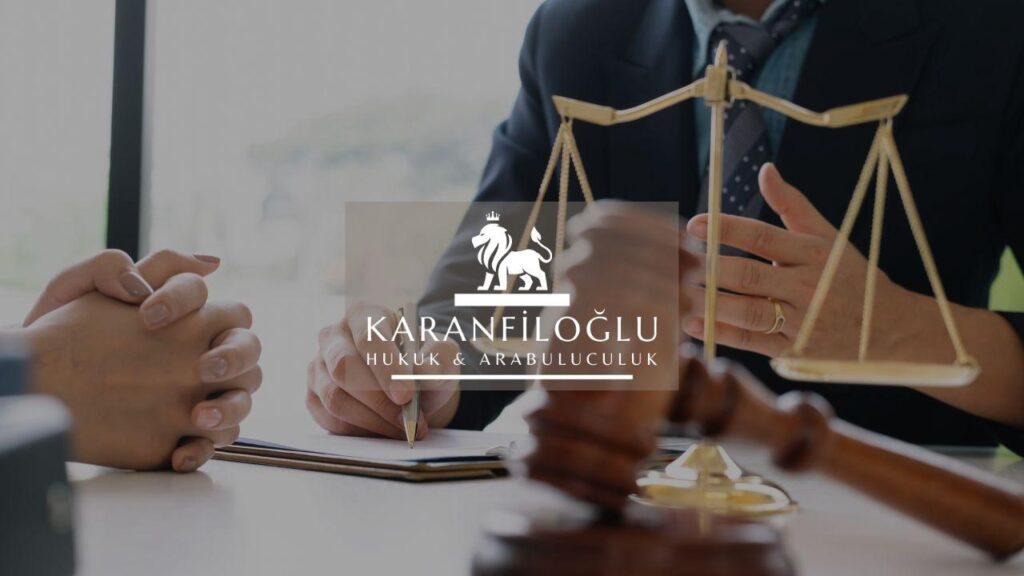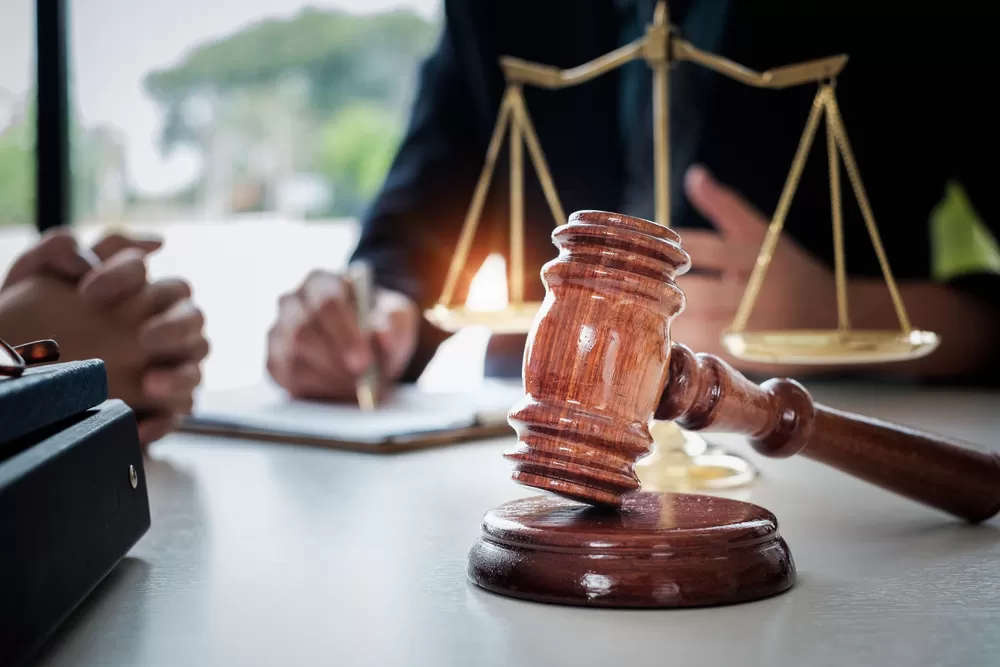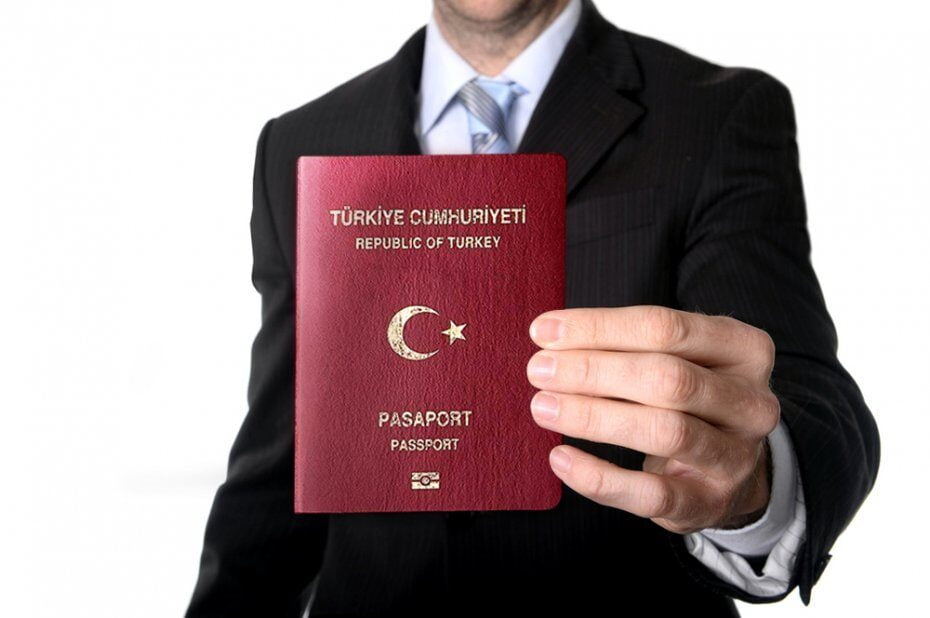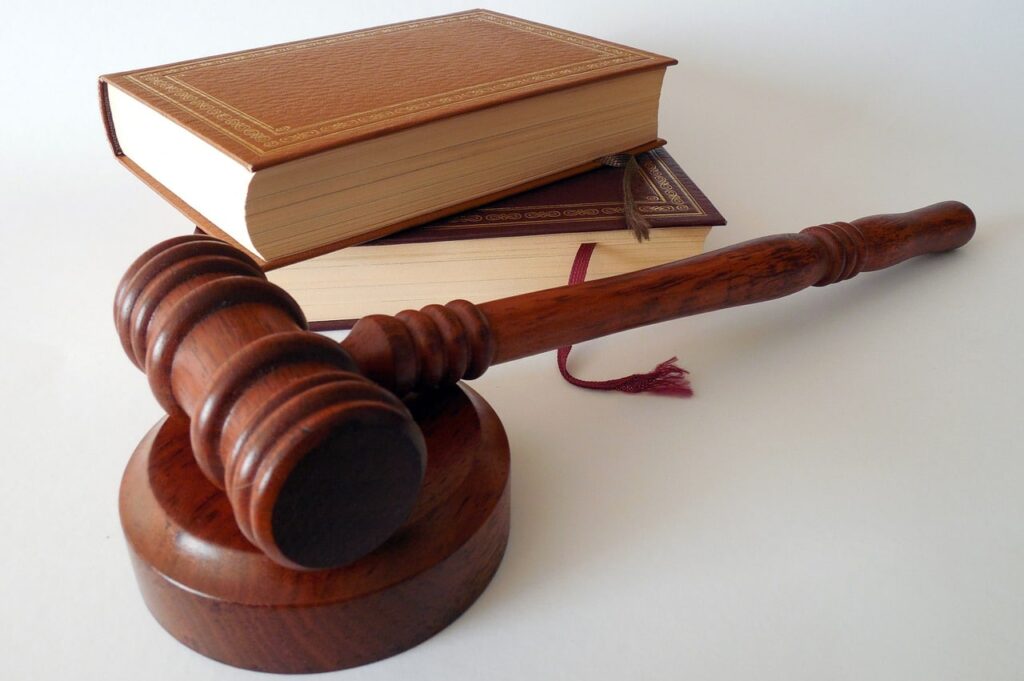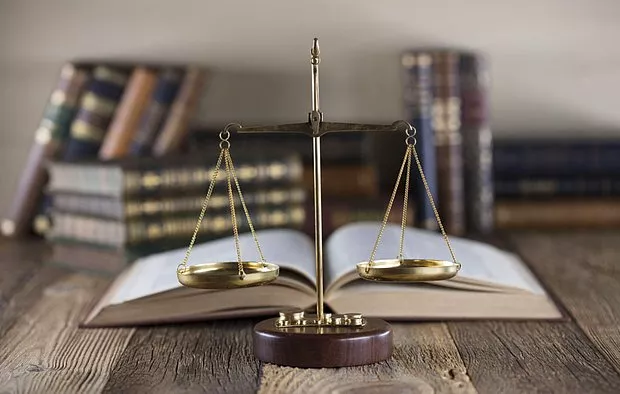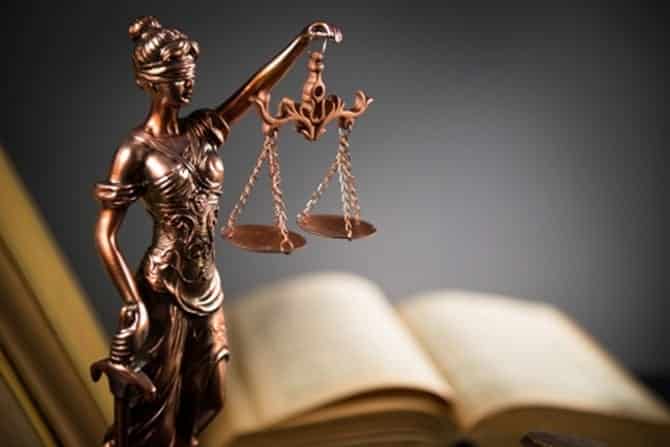Understanding the Legal Framework of Trademark Law
At the crux of trademark infringement litigation is the legal framework that is designed to protect such intellectual properties. Central to this framework is the Lanham Act, which governs trademarks, service marks, and unfair competition in the United States. It outlines the conditions under which a trademark may be registered, the rights conferred by registration, and the legal remedies available in case of infringement. Trademark law stipulates that ownership of a mark entails the exclusive right to use it in commerce in connection with certain goods or services. A trademark can be a word, phrase, symbol, design, or a combination of these, that identifies and distinguishes the source of the goods or services. This framework affirms the trademark holder’s ability to safeguard not just the mark itself but the underlying public recognition and goodwill. It establishes a mechanism through which these intangible assets can be defended against misappropriation or misuse by competitors, thereby ensuring fair competition and protecting consumer interests.
In navigating the nuanced legal landscape of trademark disputes, the concept of likelihood of confusion is pivotal. Courts assess this by weighing factors such as the similarity of the contested marks, the similarity of the goods or services involved, and the channels of trade and advertising used by both parties. They also consider the strength of the plaintiff’s mark, encompassing its distinction and recognition among consumers. A defendant can counter these claims by demonstrating significant differences in appearance, sound, meaning, or commercial impression. Additionally, they may show that their use is unlikely to cause consumer confusion due to targeted demographic segments or distinct geographical markets. This intricate analysis underlines the fact that not all similarities constitute infringement; rather, it’s the probable impact on the consumer’s perception and the potential for confusion that is scrutinized. Ultimately, the aim is to maintain a balance between protecting brand owners and fostering healthy competition without stifling creativity and new entrants into the market.
Further complicating matters of trademark law are the nuances of digital infringement and global jurisdiction. While the principles of the Lanham Act provide robust protection within the United States, the transnational nature of the internet and online commerce poses unique challenges. An infringer can operate from virtually anywhere in the world, making it difficult to enforce trademark rights across borders. To combat this, international agreements like the Madrid Protocol allow for the registration of trademarks in multiple countries through a single application. Even so, enforcement can be inconsistent, as local laws and the practicalities of international legal action can greatly affect outcomes. Thus, companies must be vigilant in monitoring their intellectual properties globally, utilizing both legal strategies and technological tools to detect and address infringement promptly, ensuring their brand integrity remains intact in the digital marketplace.
Navigating Through a Trademark Infringement Lawsuit
Navigating through a trademark infringement lawsuit demands a keen comprehension of the legal thresholds that determine infringement. At the heart of these litigations is the principle of the likelihood of confusion, which refers to whether an ordinary consumer would mistakenly believe that the goods or services offered under the trademark are associated with the trademark owner. Legal teams meticulously gather evidence which may include market surveys, expert testimony, and comparative advertising material, all aimed at either establishing or refuting this confusion. The battleground of these disputes extends beyond mere similarity of marks and encompasses the context of their usage, the similarity of the products or services involved, and the channels of trade through which they’re sold. The nuances and subtleties involved in these cases underscore the necessity for adept legal strategies and comprehensive understanding of trademark law to effectively present or challenge a claim of infringement.
In the throes of litigation, the defenses against trademark infringement are as critical as the assertions of violation. Defendants may argue for the fair use of a term when it is used descriptively, rather than distinctively, focusing on the use in good faith of a trademark to describe one’s own product, or alternatively, when the use is nominative—where the mark is used to refer to the actual trademarked product or service for the purpose of comparison or commentary. The courts also consider the strength of the mark, which gauges the distinctiveness and recognition earned in the marketplace, where well-known marks receive wider latitude and protection. Additional complexities arise when adjudicating matters involving online domain names and the nuances of international trademark law, as globalization blurs the lines of jurisdiction and control. Hence, mounting a robust defense requires a perspicacious understanding of both conventional and digital trademark environments, as well as a strategic approach to leveraging the intricacies inherent to trademark law.
In the final analysis, the resolution of a trademark infringement suit often hinges on the judicial interpretation of multifaceted legal concepts and the persuasiveness of the arguments presented. Both plaintiffs and defendants must be prepared for the exigencies of settlement negotiations, the possibility of injunctions to prevent further use of the trademark, and the assessment of damages which can include the infringer’s profits, any damages sustained by the plaintiff, and the costs of the action. Moreover, the outcomes of these cases can set far-reaching precedents that stretch beyond the immediate parties involved, potentially reshaping branding strategies and trademark enforcement moving forward. Thus, it is incumbent upon the parties to not only defend their current interests vigorously but also anticipate the broader implications of the case’s resolution within the dynamic landscape of intellectual property law.
Protecting Intellectual Property: Strategies and Challenges
In an era where the digital domain has blurred geographical boundaries, protecting intellectual property has become a daunting challenge for businesses worldwide. With the rise of the internet and social media platforms, trademark infringement can occur at lightning speed, reaching a global audience and causing irreparable harm to a brand’s reputation in the blink of an eye. As a result, entities must employ both proactive and reactive strategies to safeguard their trademarks. This includes meticulous registration processes, vigilant monitoring of marketplaces for unauthorized uses, and swift legal action when infringements are detected. Nevertheless, navigating the intricate webs of international property laws and varying jurisdictional procedures poses a formidable barrier, often requiring the expertise of specialized legal professionals to manage the obstacles and enforce trademark rights effectively.
Moreover, the integration of advanced technologies such as artificial intelligence (AI) and machine learning has emerged as both an ally and an adversary in the realm of intellectual property protection. Companies leverage AI-driven tools to scour the internet for trademark violations, enabling faster identification and response to potential threats. Technology, however, also aids infringers, allowing them to skillfully alter trademarks subtly enough to evade detection, yet sufficiently to mislead consumers and erode brand value. This technological arms race necessitates a continuous evolution of enforcement tactics and a deeper collaborative effort between legal experts, tech innovators, and international regulatory bodies to preserve the integrity of trademarks in a dynamic digital ecosystem.
Amid these escalating challenges, companies are increasingly turning to more holistic and collaborative approaches, recognizing the value of industry coalitions and information-sharing platforms to combat infringement. Such collaborative endeavors enable businesses to collectively push for stronger legislative measures and more stringent international treaties to address the loopholes that enable illicit activities. Furthermore, public awareness campaigns play a crucial role in educating consumers about the importance of authentic products and the perils of counterfeit goods. As the battle to protect intellectual property rages on, it is clear that an amalgamation of meticulous legal strategies, technological innovation, and collective enforcement efforts is essential to preserving the sanctity of trademarks and maintaining fair and competitive markets.

